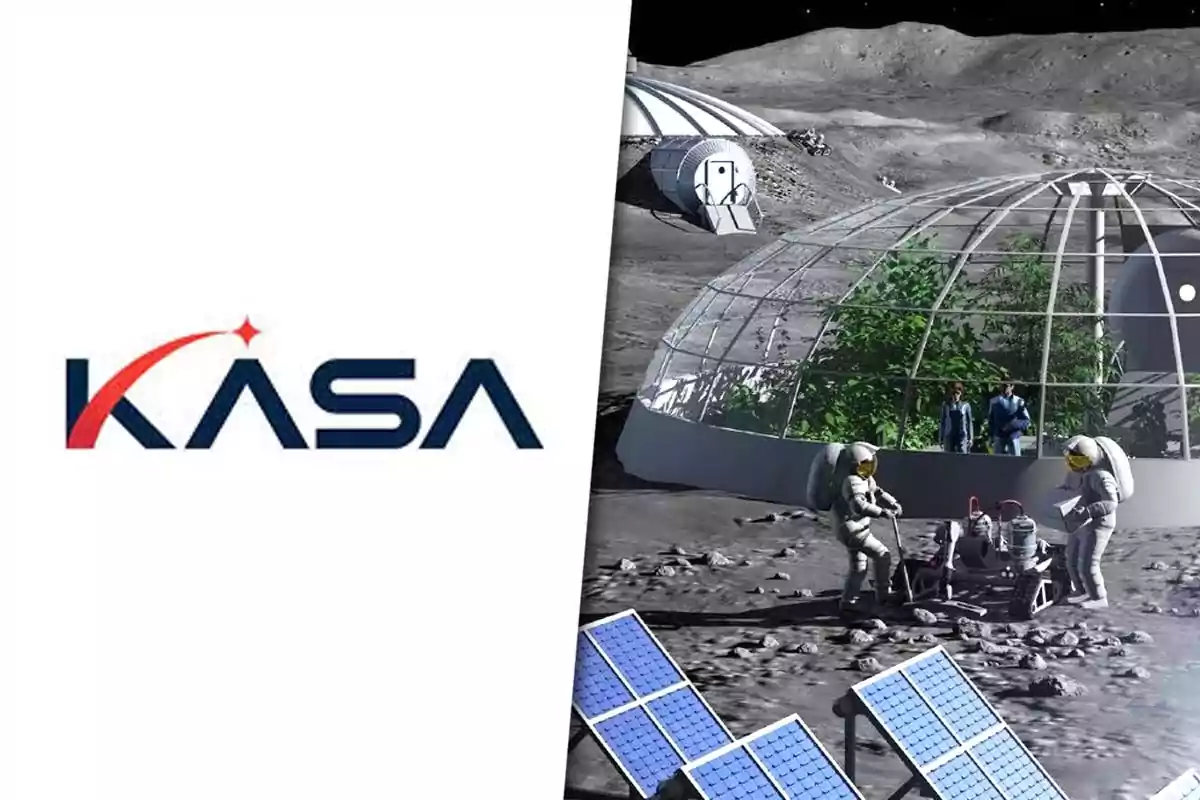
South Korea plans to have its own base on the Moon before 2045
South Korea has unveiled an ambitious plan to build a base on the Moon and compete with China, India, and the U.S
South Korea has unveiled an ambitious space plan that includes its own lunar base in the next two decades.
The country seeks to position itself among the world's space powers, with new missions and its own technology in development.
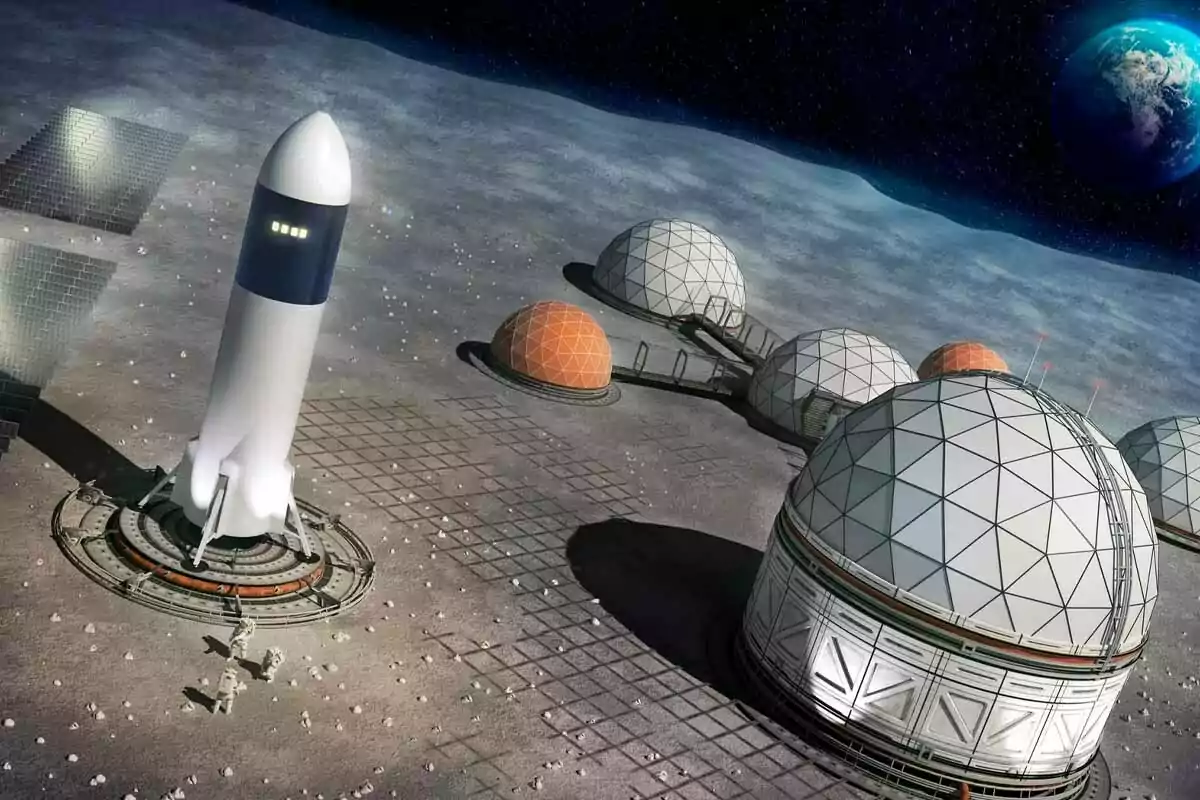
A new space agency with very concrete objectives
The newly created Korea Aerospace Administration (KASA) has presented a roadmap with five key missions. Among them, the exploration of low Earth orbit, research in microgravity, solar studies, and a strong commitment to lunar exploration stand out.
According to the National Research Foundation, KASA plans to place a robotic explorer on the Moon by 2032 and move forward with a lunar economic module by 2045.
They're not starting from scratch: Danuri's experience
South Korea already took its first steps in lunar exploration in 2022, when it launched its first probe, Danuri, with a SpaceX rocket. The spacecraft reached lunar orbit that same year and remains operational.
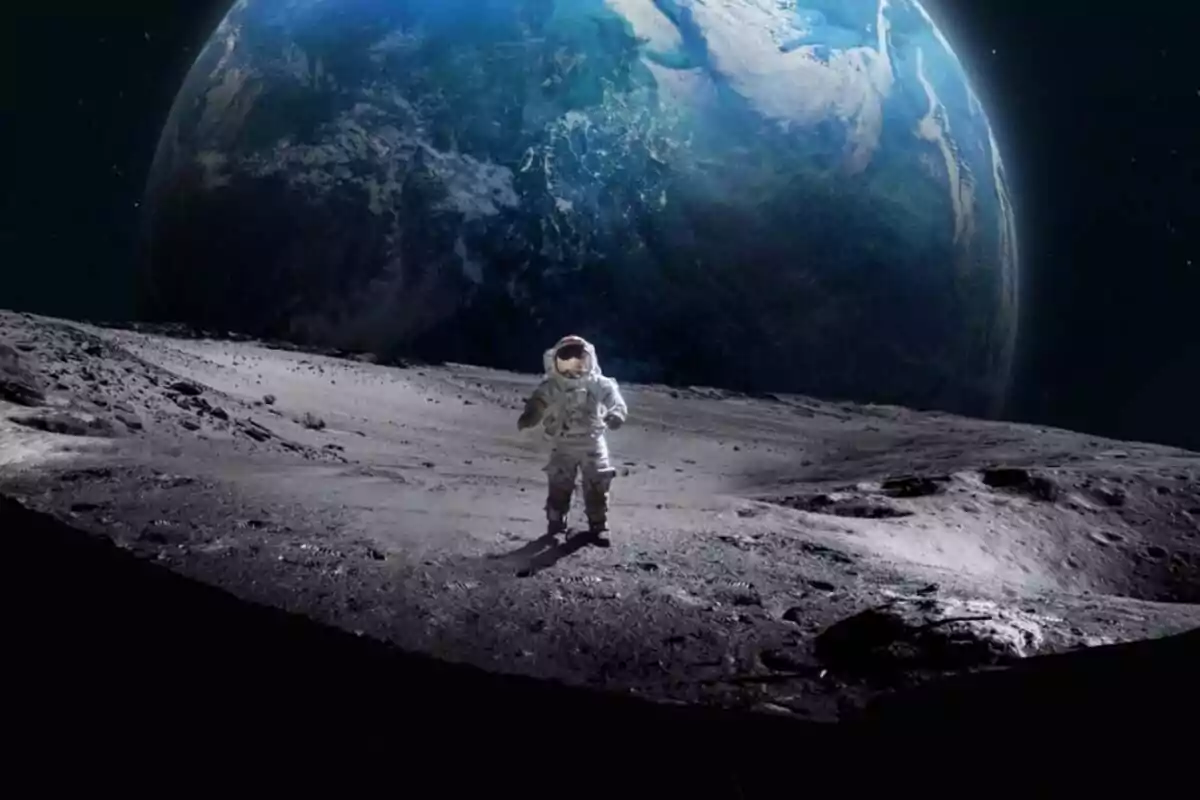
Danuri collects information about the Moon's natural resources and serves as a testbed for technology in upcoming missions.
What's next in the program's second phase
The second stage of the Korean Lunar Exploration Program includes the launch of a new module, an orbiter, and a 44-pound (20-kilogram) rover.
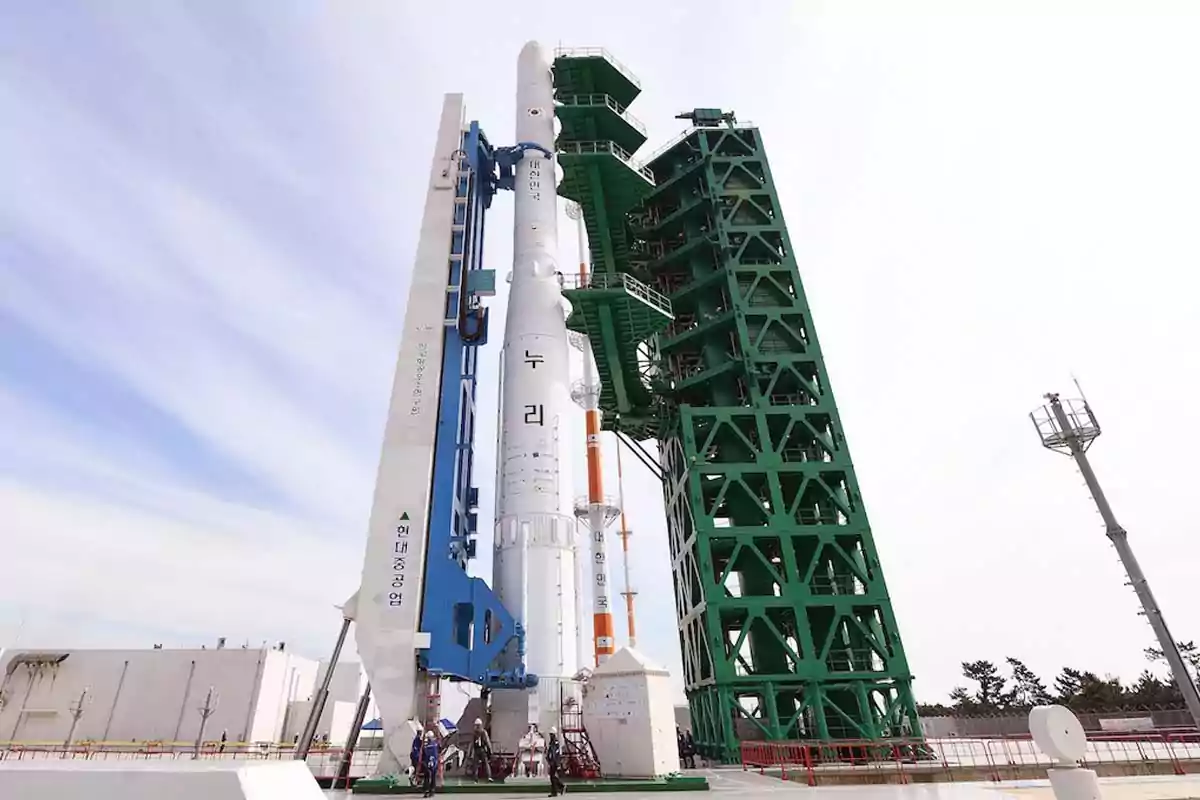
This time, the launch won't be from the US or with external help: it will be carried out with the Korean KSLV-III rocket from the Naro Space Center, on the country's southern coast.
Preparing vehicles for space mining
The Korea Institute of Geoscience and Mineral Resources is testing lunar rovers in abandoned coal mines. They seek to adapt this technology to resource extraction tasks in space.
KASA: the Korean "NASA"
KASA was founded in 2024 and already brings together the country's main space organizations: the Korea Aerospace Research Institute (KARI) and the Institute of Astronomy and Space Sciences.
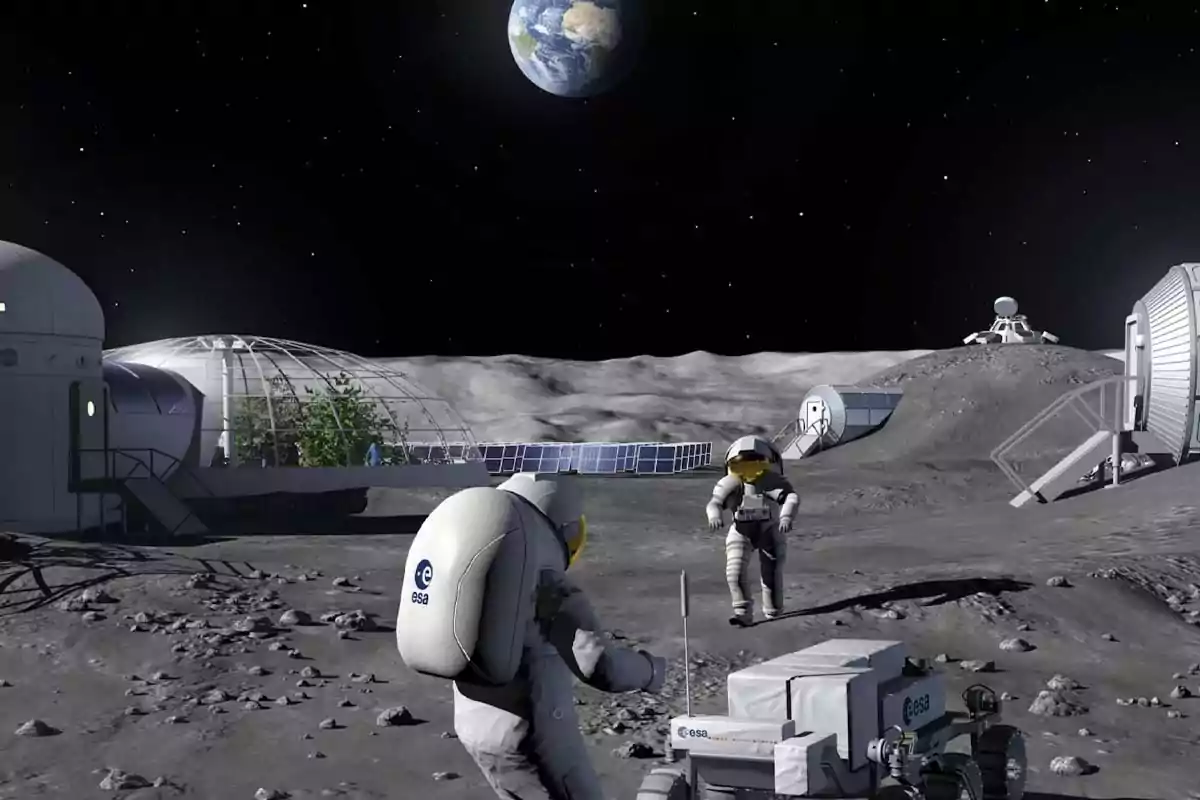
The goal of the Korean government is clear: to enter the top 5 space powers and promote technological development.
Korea is also thinking about Mars
KASA's long-term plan includes reaching Mars in 2045. They also want to launch satellites to observe the Sun from the Lagrange point L4 and improve the country's space security.
More posts: